Spider-Man Senses
Learning to woodwork with hand tools brings you a whole new awareness of your own senses.
I feel like I’m a fairly co-ordinated person, used to doing tasks which require good control over your hands.
But whenever I learn something new in woodworking I feel more like Mr Tickle. My arms and hands are just grabbing and whacking. A clumsiness which Richard never fails to observe.
I think I’ve realised the cause.
Often I approach a task with the assumption that I don’t have the strength needed to do it properly.
I will tell Richard that the saw is too coarse or the iron set too deep, and he’ll tell me I’m wrong.
Because I feel underpowered, I tense up, brace myself and go about things in an altogether clumsy and forceful manner.
The results make me feel like I was right; I don’t have the strength needed. The tool is just hitting the wood, as I go flying over the handle bars.
I’ve done this enough times now to understand that I’m not right; Richard is.
The cut isn’t too coarse or deep, I’ve just been attacking with everything I’ve got, instead of relying upon the right technique.
Hand Tools For Beginners
To work with hand tools, you need to be become aware of the specific muscles needed for each task. Only then can you prepare for when they are needed, and learn to relax when they are not.
Being relaxed and confident is far more effective than being strong. It helps you to create the right momentum, and allow the tool to do the work.
It amazes me how true that phrase is. ‘Let the tool do the work’.
I know I’d be struggling a lot more, if I didn’t have well set up, sharp tools.
So a key point to grasp about hand tools for beginners, is when to use your strength, and when to allow the tool to take over.
When hand planing, for example, you need to resist the impact of the plane iron hitting the wood. This prevents a horrible chattery start, but then you let the iron do the cutting as you push it through.
When you’re good at something you don’t even need to think about how you’re doing it. As a beginner who’s learning all the time, I find it essential to keep questioning, and keep becoming more aware of every sense.
And after that, I suppose it’s all about the practise.

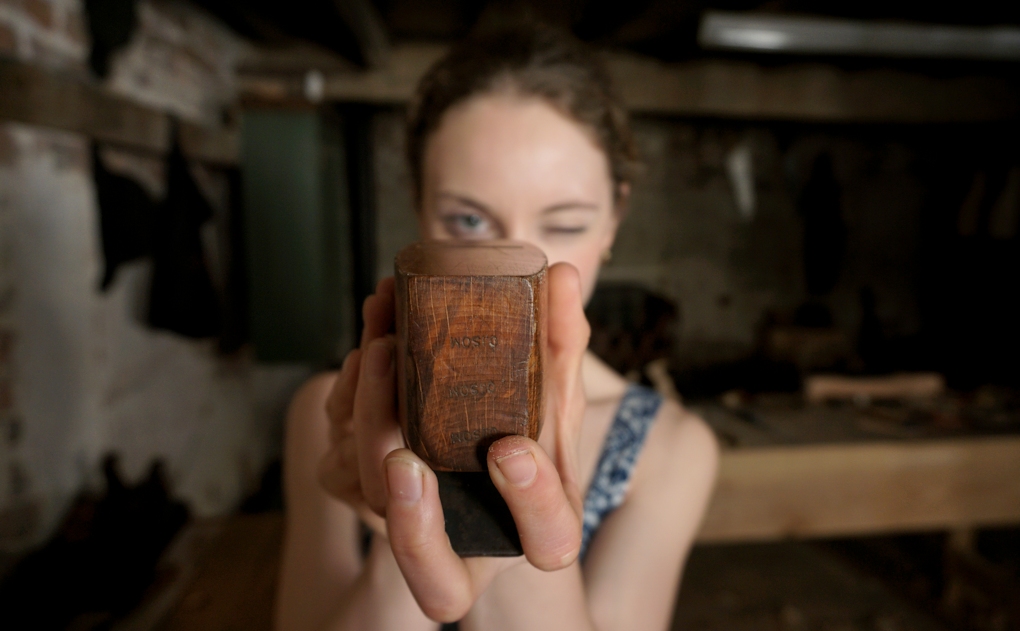
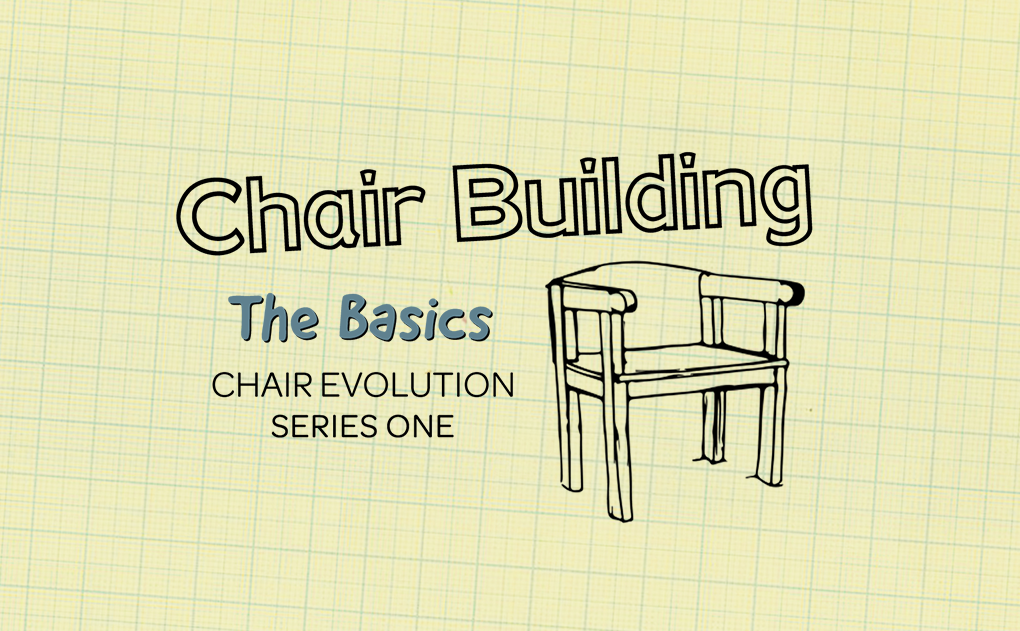
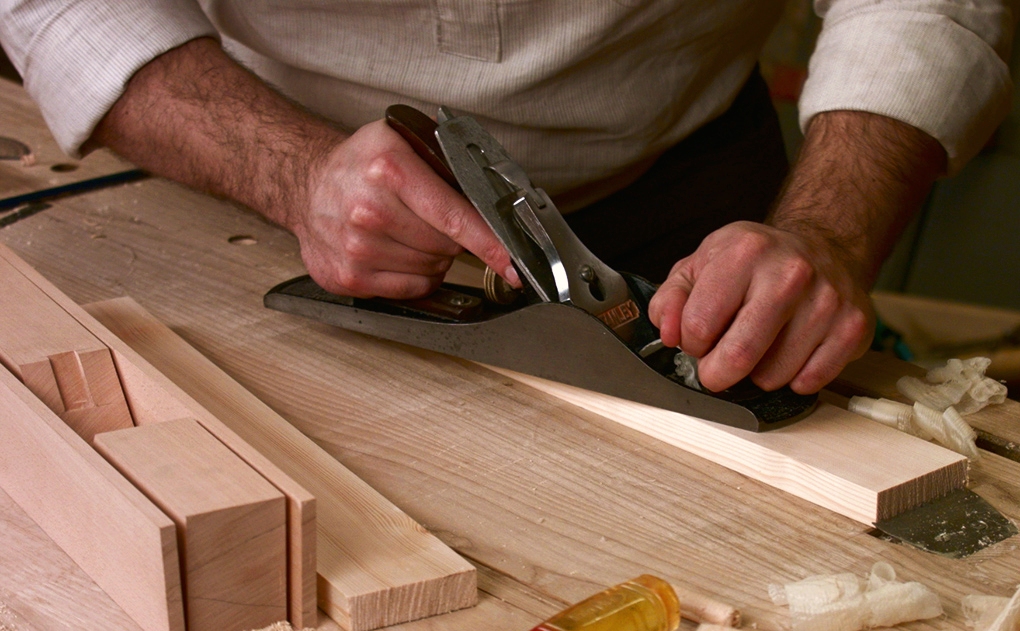
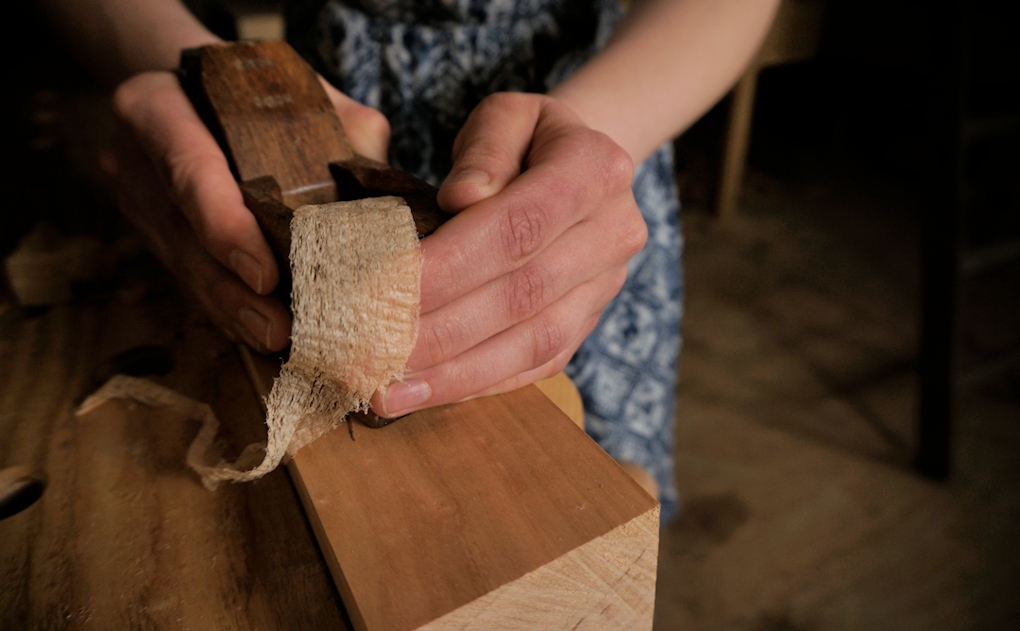
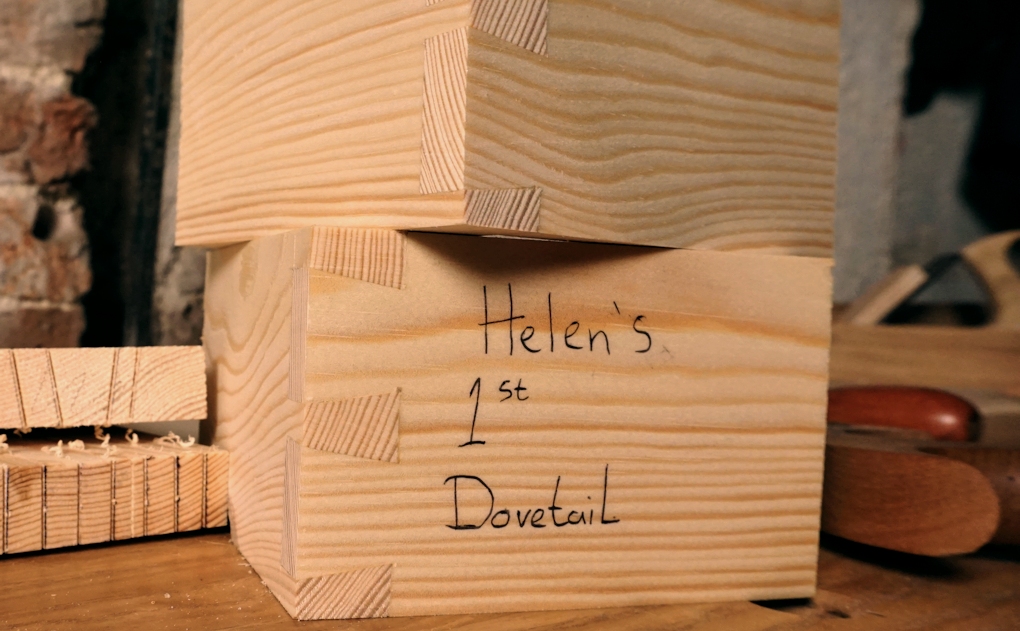
Just give it time and your spider senses will tingle as well when some wild grain is about to attack your plane. My spider senses are still not fully developed, but it is nice every once in a while to get that feeling that the grain is not cooperating and to attack it from a different angle.
Absolutely. With sharp, well set up tools and good technique you can achieve everything.
Great Picture Richard! Something you should frame and hang in the Shop.
i have to agree whole heartily with you even now after 4 years working wood with hand tools(hobbyists) i must continually remind myself about my approach and technique and not to be going at it like a bull in a china shop because i wanted done yesterday
I just learned this yesterday as I was planing a board to smooth it’s surface. I had difficulty pushing the plane through the cut and so fiddled with every setting I could on the plane. I either skipped over the board not cutting anything or it dug in so badly that I would brace my feet and push for all I was worth, putting my considerable weight behind the effort. It wasn’t until I had grown tired and relaxed on the downward pressure a bit that the plane began to almost effortlessly peel off consistent shavings. I’d grown accustomed to letting roaring, raging power tools do the work whilst I simply fed them the wood, I guess I need to learn that although I am providing the power to the hand tools I still need to let the tool do the work… Lesson learned.
I wish I had a Spidey sense that would tingle every time I got ready to cut on the wrong side of the line…
Is that pretty lady winking at me? Shocking!
I think a light touch is essential, particularly so with wooden planes. They don’t have the mass to “help” with a brute force attack on the work, and the feedback to tell you to take it easier is very direct and immediate — once you learn what the message in the feedback is, of course.
That photo could be the basis for a poster advertising the services of a detective agency that specializes in woodworking crimes. 🙂
Today I discovered a noticeable lump on my little finger, outer side, on my right hand, just above the middle joint – I like to think its due to my iron plane and technique. I have no idea if I’m planning correct but it works, its effortless and I may have hand planers pinky.
Nay, just an aspiring young lady checking the depth of her iron. Keep it up Helen, I appreciate your perspective on learning a challenging craft!
I think the constant experimenting we do with form is one of the coolest aspects of the hobby. Things interplaying at a microscopic level are affecting our efforts and our efforts are creating changes that are small and often microscopic but express themselves in broader ways, like tightness of fit, smoothness of finish. It sometimes feels like operating in two levels of reality at once. [puffs joint]
I’ve found that bonding with the tool is important. It cooperates and does an excellent job when treated as a buddy rather than just a piece of non-appreciated wood or metal.
I watched a video a while back that reinforces this. A man, to be nameless, tied a string to a plane, after starting the shaving he pulled the plane along with just the string and took a full shaving. That video helped me understand that bull strength is not needed. Keep on learning Helen.
Forget about woodworking skills, I want to know how Richard got his wife to admit he was right.
I wanted some new shoes 😉
Thank You Helen! That´s what I, as a professional organist/pianist/teacher, tell my students again and again: “You need to be become aware of the specific muscles needed for each task and prepare for when they are needed and learn to relax when they are not. Being relaxed and confident is far more effective than being strong, as you can create the right momentum to allow the tool to do the work. The difference between this and other tasks I’m used to is the need to be aware of the muscles you have, and turn them on and off as required.”
In my journey to woodworking I made the experience as well. Using hand-tools in woodworking requests just the same attitude towards exercising, practicing and physical awareness as playing any musical instrument.
Christoph in bavaria